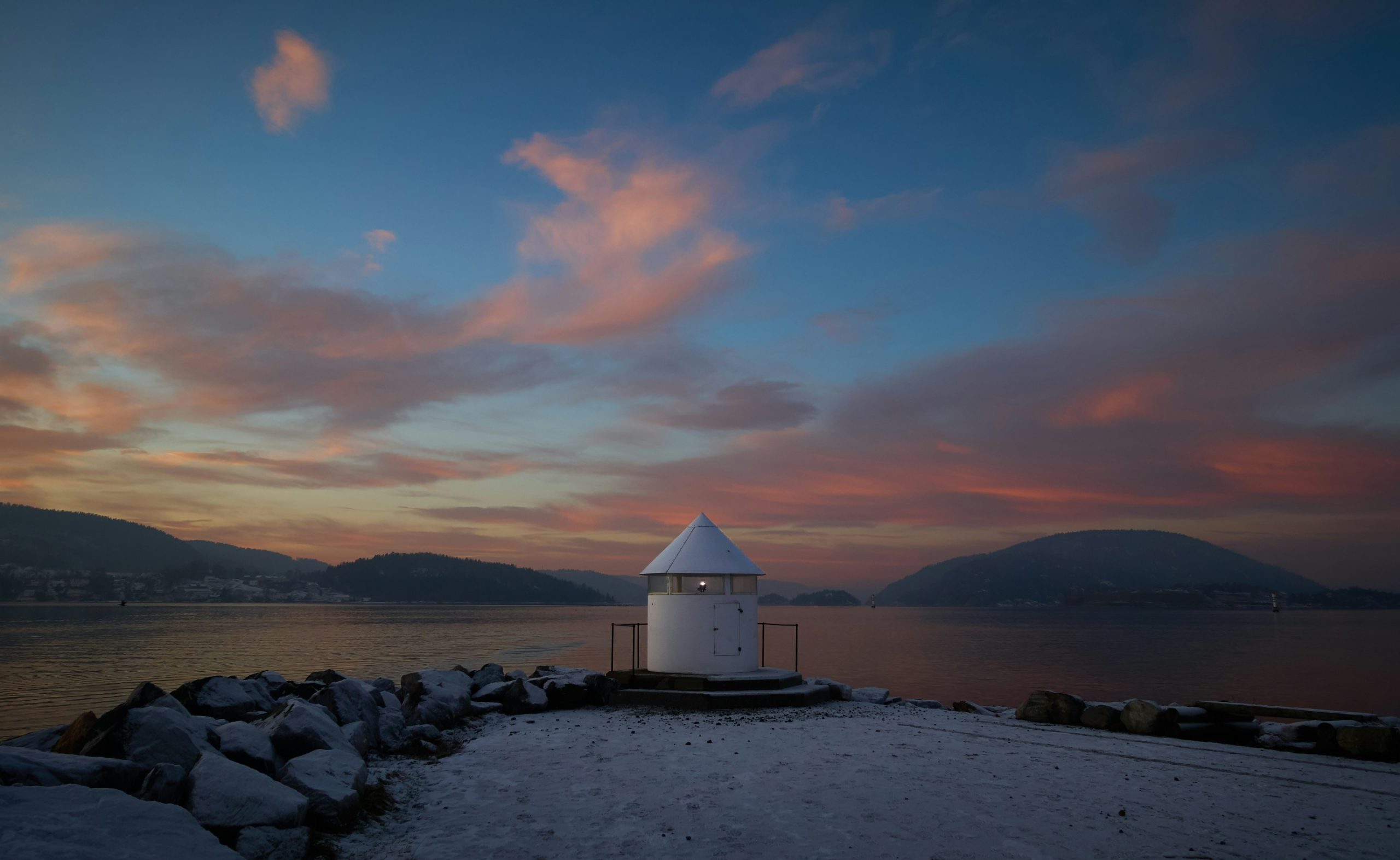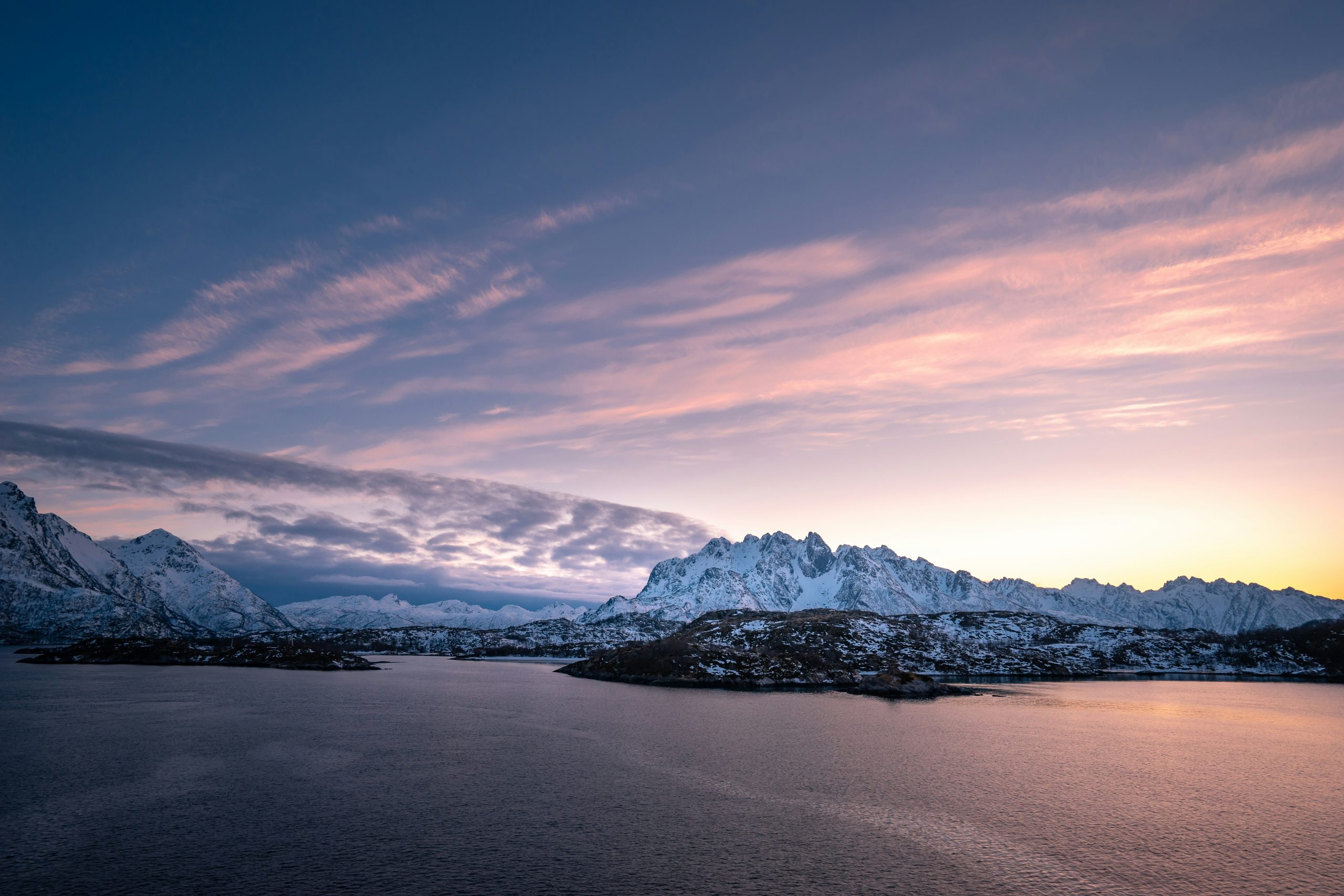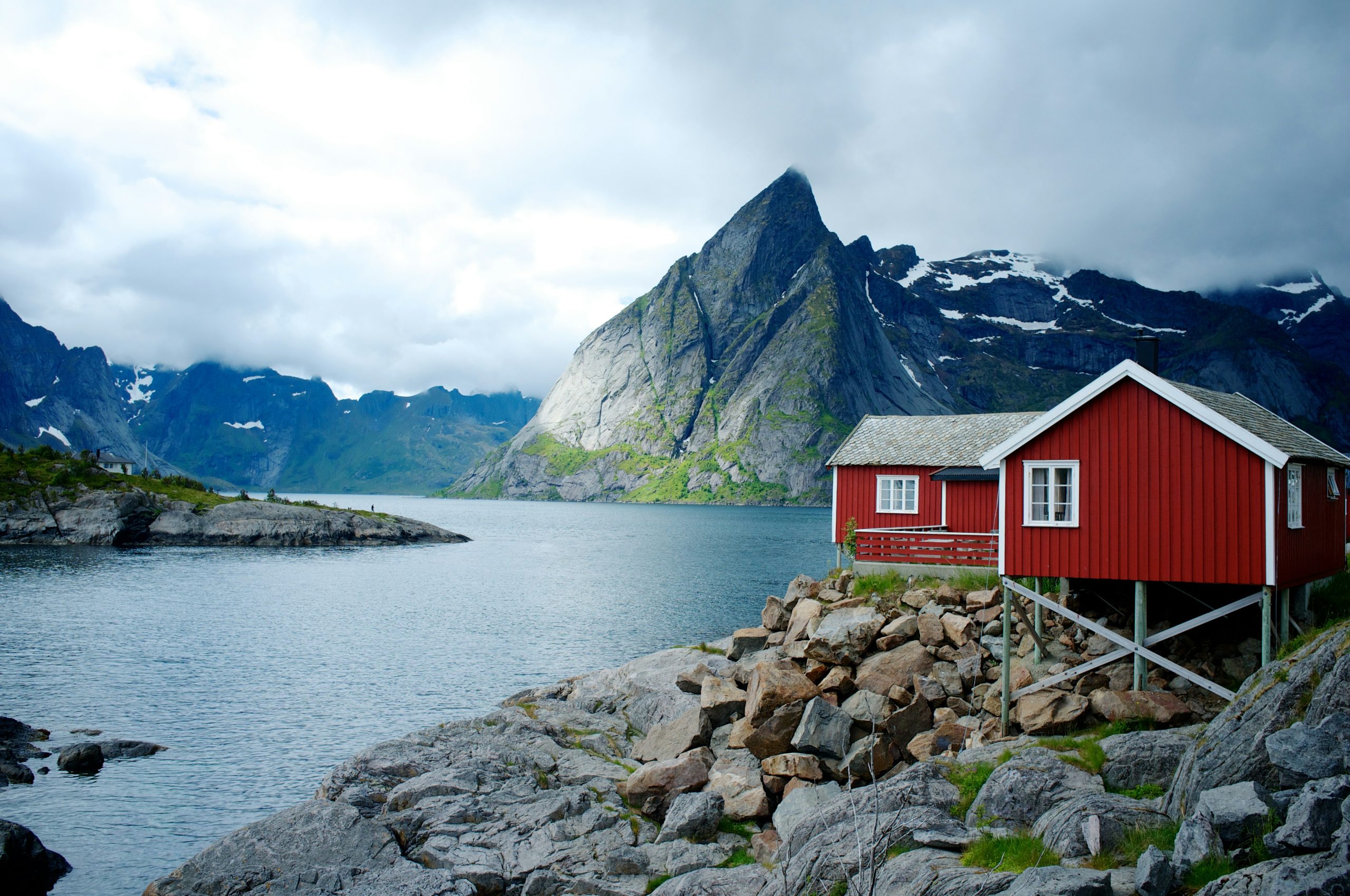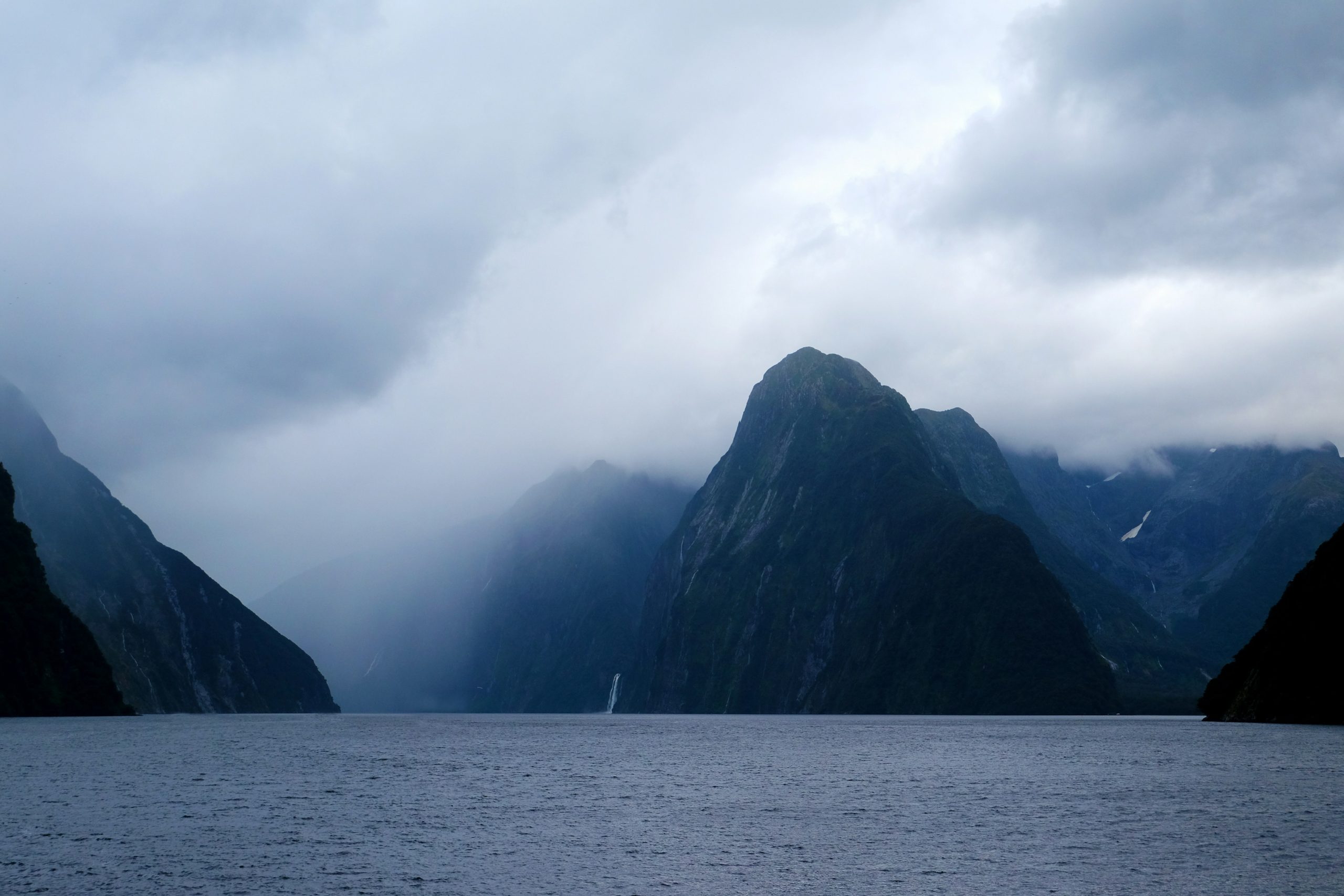Embark on a journey to discover the unparalleled beauty of Norway’s Fjords, where nature’s wonders unfold in breathtaking splendor. Join us as we explore these majestic landscapes and ponder the question: Are Norway’s Fjords truly the most awe-inspiring scenery on Earth?
exploring the natural wonders of Norway’s fjords

The Norwegian fjords are a natural wonder that captivates the heart and soul of all who venture into their breathtaking landscapes. Exploring Norway’s majestic fjords offers a truly immersive experience in the raw beauty of nature.
The Magic of the Fjords
The fjords of Norway are a mosaic of towering cliffs, crystal clear waters, and lush greenery that create a serene and awe-inspiring atmosphere. Exploring Norway’s majestic fjords allows visitors to witness the sheer grandeur of these natural formations that have been carved by glaciers over millennia.
Tranquil Retreats
For nature enthusiasts seeking tranquility and serenity, the Norwegian fjords offer a peaceful retreat amidst dramatic scenery. Exploring Norway’s majestic fjords provides a chance to escape the hustle and bustle of daily life and immerse oneself in the calming embrace of nature.
Adventure Beckons
Exploring Norway’s majestic fjords is not only a journey of relaxation but also an adventure waiting to unfold. Hiking trails wind through the fjords, offering panoramic views and opportunities to connect with nature in a profound way.
Hidden Gems
Beyond the well-known tourist spots, there are hidden gems scattered throughout the Norwegian fjords waiting to be discovered by intrepid travelers. Exploring Norway’s majestic fjords unveils secluded coves, hidden waterfalls, and secret viewpoints that promise unforgettable moments.
A Symphony of Nature
The fjords of Norway are a living symphony of nature, where the play of light and shadow, the sound of cascading waterfalls, and the sight of wildlife coalesce into a harmonious experience. Exploring Norway’s majestic fjords is like witnessing a masterpiece of nature in motion.
Cultural Encounters
In addition to its natural wonders, Exploring Norway’s majestic fjords offers a glimpse into the rich cultural heritage of the region. Local communities residing along the fjords provide a warm welcome and a chance to learn about traditional Norwegian customs and way of life.
Whether seeking solitude in nature, embarking on thrilling adventures, or simply basking in the beauty of the fjords, Exploring Norway’s majestic fjords is a transformative experience that leaves an indelible mark on the soul.
a closer look at the geological formations

Fjords are some of the most stunning geological formations on Earth, carved by glaciers over millions of years. From Norway to Alaska, these deep, narrow inlets showcase the powerful forces of nature in shaping our planet’s landscapes.
fjords and earthquakes: a hidden connection
Recent studies have revealed a fascinating link between fjords and earthquakes in Alaska. The undersea geology of fjords can influence seismic activity in the region, providing new insights into the Earth’s tectonic processes. Alaskan earthquakes have been traced back to the subduction zones beneath the fjords, highlighting the complex relationship between these majestic formations and geological events.
from ice to rock: the transformation of fjords
As glaciers retreat, fjords undergo a remarkable transformation from icy expanses to rocky cliffs. This evolution showcases the dynamic nature of these formations, with geological processes shaping their rugged contours over time. The geological formations of fjords tell a story of Earth’s history, with each layer of rock revealing a chapter in the planet’s ancient past.
the environmental impact of fjords
While fjords captivate with their beauty, they also face environmental challenges. The disposal of fjord rock in Norway has raised concerns about the ecological consequences of human activities on these fragile ecosystems. It’s essential to balance geological exploration with environmental conservation to protect the natural wonders of fjords for future generations.
exploring fjords: a journey through time
Embarking on a journey through fjords is like stepping back in time, where geological formations whisper tales of ancient landscapes and dramatic events. From the majestic Geiranger Fjord in Norway to the rugged Kenai Fjords in Alaska, each fjord offers a unique perspective on the Earth’s geological history. Exploring fjords is not just a visual feast but a geological adventure that unveils the mysteries of our planet’s past.
As we delve deeper into the geological formations of fjords, we gain a profound appreciation for the Earth’s intricate processes and the breathtaking beauty that surrounds us. Fjords stand as a testament to the power of nature to shape our world, inviting us to explore, learn, and protect these remarkable geological wonders.
wildlife and biodiversity in the fjord ecosystems

The enchanting world of fjords is not only a feast for the eyes with its majestic cliffs and crystal-clear waters but also a thriving ecosystem teeming with diverse wildlife and rich biodiversity. Fjords are not just geological wonders but also serve as crucial habitats for numerous species, both above and below the water’s surface.
diversity of marine life
Beneath the surface of the tranquil fjord waters lies a kaleidoscope of marine life, from colorful fish to intricate coral reefs. These ecosystems support a wide array of species, including rare corals that add to the vibrant tapestry of underwater landscapes. The cold, nutrient-rich waters of fjords create a perfect environment for marine life to flourish, making them hotspots of biodiversity.
threats to fjord ecosystems
Despite their natural beauty and ecological significance, fjord ecosystems are facing increasing threats from human activities and climate change. Pollution, overfishing, and habitat destruction pose serious risks to the delicate balance of these ecosystems, putting the wildlife and biodiversity that call fjords home in jeopardy.
sustainable conservation efforts
Recognizing the importance of preserving fjord ecosystems, conservationists and local communities are coming together to implement sustainable practices and protection measures. By establishing marine protected areas and promoting responsible tourism, efforts are being made to safeguard the biodiversity of fjords and ensure the long-term well-being of their wildlife.
In conclusion, fjords are not just picturesque landscapes but essential hubs of biodiversity where wildlife thrives in harmony with nature. By understanding and valuing these unique ecosystems, we can work towards preserving their beauty and ensuring the continued flourishing of wildlife in fjords for generations to come.
cultural significance and human interactions with the fjords
The fjords, with their majestic landscapes and serene hideaways, hold a deep cultural significance for communities around the world. From Norway’s Geirangerfjord to New Zealand’s Te Wahipounamu, these natural wonders have not only shaped human interactions but also played a crucial role in the development of societies.
nutrient extraction and ecosystem impact by suspended mussel mitigation cultures at two contrasting sites
One fascinating aspect of human interaction with fjords is the practice of suspended mussel mitigation cultures. This unique technique involves extracting nutrients from the fjord waters to cultivate mussels. While it provides economic benefits, it also raises concerns about its impact on the delicate fjord ecosystems. Balancing the extraction of nutrients with environmental conservation is essential to preserve the natural beauty and biodiversity of these regions.
climate change’s harsh impact on ancient european populations
As climate change accelerates, the fjords face new challenges that significantly impact human populations. Ancient European communities residing near fjords have witnessed the harsh consequences of environmental shifts, affecting their cultural practices and way of life. Adapting to these changes requires a deeper understanding of how climate change is reshaping the fjords and the livelihoods of those who depend on them.
citizen scientists & corps members: the next generation of NPS (U.S)
In the United States, citizen scientists and National Park Service (NPS) corps members play a vital role in studying and preserving fjords. Their contributions help monitor human behaviors that may impact the fjord environments, ensuring sustainable practices for future generations. By engaging with local communities and fostering a sense of stewardship, these individuals are shaping the future of conservation efforts in the fjords.
fjord trends 2022 investigates human behaviors that will affect culture, society and business in the coming year
Fjord Trends 2022 explores how human behaviors are evolving and impacting culture, society, and business in the fjord regions. By studying emerging trends, researchers can anticipate changes in human interactions with the fjords, paving the way for innovative solutions to preserve these natural wonders for generations to come.
west norwegian fjords – geirangerfjord and nærøyfjord
The West Norwegian Fjords, including the iconic Geirangerfjord and Nærøyfjord, stand as UNESCO World Heritage sites, highlighting their significance on a global scale. These fjords not only attract tourists seeking breathtaking landscapes but also serve as vital hubs for cultural exchange and historical exploration. Understanding the intertwined relationship between humans and these fjords is essential for promoting sustainable tourism and conservation measures.
norway country briefing – the european environment — state and outlook 2015
Norway’s fjords feature prominently in the European environmental outlook, reflecting the country’s commitment to preserving its natural heritage. By examining the state of the environment in 2015, policymakers can make informed decisions to safeguard the fjords’ cultural significance and ecological integrity. Collaborative efforts at the national and international levels are crucial for addressing environmental challenges and promoting sustainable development in Norway’s fjord regions.
te wahipounamu – south west new zealand
Te Wahipounamu in South West New Zealand offers a unique perspective on the cultural significance of fjords. With its rich Maori heritage and stunning natural beauty, this region exemplifies the deep connection between indigenous communities and the land. By respecting and honoring traditional knowledge, we can ensure the preservation of cultural values and sustainable practices in harmony with the fjords’ ecosystems.
sustainable tourism practices in Norway’s fjords
Norway’s fjords are renowned for their stunning beauty and pristine landscapes, attracting nature enthusiasts from around the world. As the demand for fjord tourism grows, it becomes increasingly important to implement sustainable practices to preserve these natural wonders for future generations.
Embracing Ecotourism in the Fjords
Ecotourism is a key principle in ensuring the long-term sustainability of tourism in Norway’s fjords. By promoting responsible travel practices that minimize environmental impact and support local communities, ecotourism plays a crucial role in preserving the delicate ecosystems of the fjords.
UNESCO World Heritage Sites in Norway
Norway boasts several UNESCO World Heritage Sites within its fjord regions, underscoring the importance of conservation efforts. These sites, such as the Nærøyfjord and Geirangerfjord, serve as valuable natural and cultural treasures that must be safeguarded through sustainable tourism practices.
Key sustainable tourism initiatives in Norway’s fjords include:
– Limiting the number of visitors to sensitive areas
– Educating tourists on environmental conservation
– Supporting local businesses and communities
– Investing in eco-friendly infrastructure and transportation
Overcoming Overtourism Challenges
With the increase in tourism to Norway’s fjords, the issue of overtourism has become a concern. To address this challenge, Norway has implemented innovative strategies to manage visitor numbers and protect the environment. By spreading out tourism activities, promoting off-peak travel seasons, and encouraging sustainable transportation options, Norway aims to strike a balance between conservation and visitor experience.
Green Initiatives in Bergen
Bergen, known as a green city, leads by example in promoting sustainable practices. With a focus on reducing carbon emissions, preserving green spaces, and fostering a connection to nature, Bergen serves as a model for other fjord destinations seeking to adopt eco-friendly measures.
Preserving the Arctic Circle
In the pursuit of sustainability, architects and designers have played a crucial role in creating energy-positive structures in the Arctic Circle. Projects like the Snøhetta-designed Arctic Circle hotel showcase how innovative design can minimize environmental impact and even contribute positively to the energy grid.
Looking Ahead: A Sustainable Future for Fjord Tourism
As the world becomes more conscious of environmental conservation, the future of tourism in Norway’s fjords lies in sustainable practices. By prioritizing ecotourism, protecting UNESCO World Heritage Sites, and combatting overtourism through strategic planning, Norway sets a precedent for responsible tourism that respects the natural beauty of the fjords.
By embracing sustainability at every level of the tourism industry, from infrastructure development to visitor education, Norway’s fjords can continue to captivate travelers while preserving their ecological integrity for generations to come.
